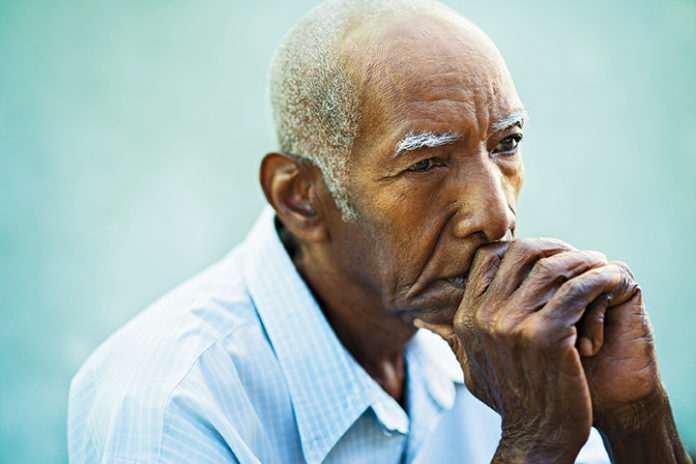By Susan C. Jenkins
Greta Garbo has often been quoted as saying, “I want to be alone.” But loneliness is a significant problem for a growing number of middle-aged and older people, even for those who say they like being alone.
Studies have found that loneliness increases the risk of premature death by 30% and raises the chances of developing dementia by 64%. Loneliness has been associated with high blood pressure, chronic lung disease, arthritis, and impaired mobility. In fact, a lack of social relationships can be as detrimental to a person’s health as smoking 15 cigarettes a day, being obese, and being physically inactive. On the other hand, meaningful relationships and feeling connected strengthen the immune system, which helps the body fight off infections.
In recent years scientists have begun to study loneliness as a medical rather than a sociological problem. A team of neuroscientists at the Massachusetts Institute of Technology have even identified the area of the brain where they believe feelings of loneliness are generated. John T. Cacioppo, a professor of psychology at the University of Chicago, found that loneliness is a signal from the brain that is as real as feelings of hunger, thirst, and pain, and that trying to make loneliness go away by denying we feel lonely makes no more sense than trying to make hunger go away by denying that we are hungry.
Finding solutions
If you find yourself feeling lonely—or if you are a caregiver for someone experiencing loneliness—there are some steps you can take. In fact, you can start by taking a few steps. Physical activity is a wonderful antidote to loneliness. Caregivers can introduce light physical activities such as walking and stretching. And physical activity groups (such as mall walkers) are great for both physical and socializing.
Those who can’t participate in physical activities can take a class or join a hobby group and interact with people who have similar interests. Another option for some people is to volunteer with an organization that allows them to share their experience, knowledge, and skills with others in their community.
For some people, having an animal companion can bring comfort and ease loneliness, but animals require care, so this isn’t a good option for everyone.
Making an effort to connect with friends over a lunch or a cup of coffee or tea can be an important part of social contact. If you are a caregiver, simply sitting comfortably with the person you are caring for and reminiscing about the past, sharing stories, and remembering happy times can ease loneliness.
And don’t forget technology. Email and sites such as Facebook and Twitter allow people to stay connected with friends and family. Not techie? No problem! A service called ShareMail (www.sharemail.me) connects seniors with the digital generation. If their younger relatives are on Facebook or Instagram, ShareMail can pull selected pictures and updates, print, them, and automatically mail them to offline loved ones once a week. The younger generation doesn’t need to make any special effort, and older relatives feel remembered and connected. As Sarah, a ShareMail user, put it: “Before ShareMail, I had minimal contact with my 90-year-old grandmother. I can’t thank ShareMail enough for the amazing opportunity to reconnect with her from the convenience of my phone.” Her grandmother added: “I love ShareMail from Sarah. I save all the letters and am going to make an album of the photos and the notes that come with them.”
And getting back to Greta Garbo, what she actually said was, “I want to be left alone.” Big difference!
Bye-bye, blues. Hello, health.
Susan C. Jenkins is a freelance writer and editor specializing in medicine, pharmacy, and healthcare. She can be reached at susancjenkins@gmail.com.



Comments are closed.